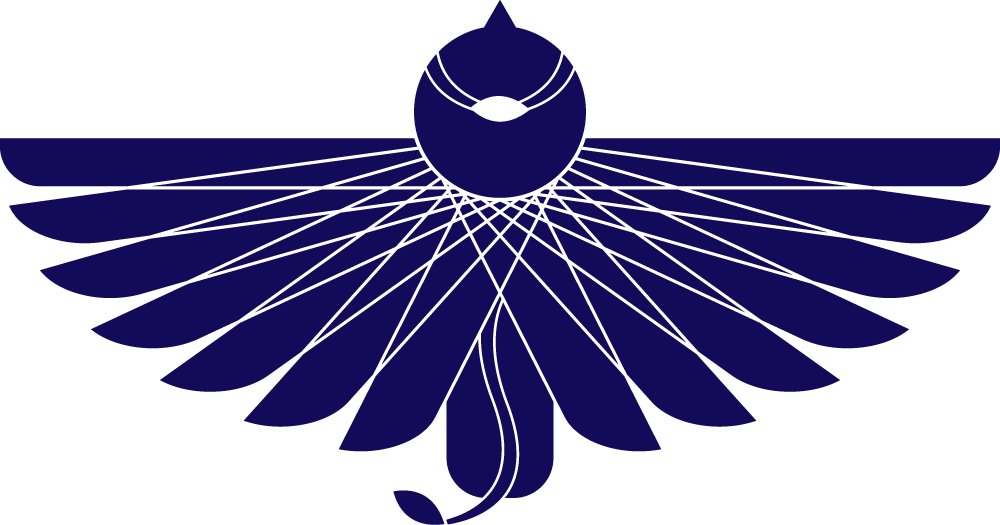Dry Needling vs. Acupuncture: What’s the Difference — and Why It Matters
Dry Needling in Oakland
Lately, more and more people are asking me, “Do you do dry needling?” The short answer is: Yes, and more.
Dry needling is a technique where thin, sterile needles are inserted into tight, sore muscle knots — also known as myofascial trigger points — to release tension. It is a particular type of needling technique commonly used for sports injuries and acute muscle pain.
So what makes acupuncture different from dry needling?
As a licensed acupuncturist with specialized sports acupuncture training, I frequently use dry needling techniques — but I use them as part of a more holistic, Chinese-medicine based approach.
Whether you’re training for a half marathon with a cranky hamstring, working a desk job with chronic neck tension, or navigating midlife aches and pains that just won’t quit…we look beyond the symptom to figure out the root cause of why it’s happening—and how to support your body in healing.
Fast Pain Relief Rooted in Holistic Medicine
Here’s what dry needling in the context of a holistic, Chinese medicine-grounded approach that like in practice:
Targeted trigger point needling for fast muscle relief. This is the “dry needling” component of the treatment, where myofascial trigger points are deactivated by causing a twitch response in the hypersensitive muscle tissue, which releases muscle tension and reduces pain.
Nervous system support to reduce pain and promote system-wide healing. Other acupuncture points on your body, which might be on your arms, legs, or other areas different from where you’re feeling the pain, will be selected based on Chinese medicine’s holistic understand of the flow of energy in the body. By choosing points that help address the body’s underlying imbalances, we are also addressing the root cause of your pain—leading to longer lasting improvements and a prevention of future muscle knots.
Herbal or lifestyle support when needed. Chinese herbal formulas, both internal and topical, can be very effective adjuncts to orthopedic treatments. I will sometimes also incorporate electroacupuncture, cupping, and/or red light therapy in acupuncture treatments for muscle pain.
Bottom line: You get the best of both worlds — precise, effective relief and support for long-term balance.
Curious about dry needling? Schedule your treatment (or book a free 15-minute consultation). I look forward to meeting—and needling—you!
Dr. Lisa Franzetta is a licensed acupuncturist in Oakland, California. She has done specialized sports medicine training with Whitfield Reaves, author of The Acupuncture Handbook of Sports Injuries & Pain. She also focuses on acupuncture for stress management, women’s health, and integrative cancer support.

